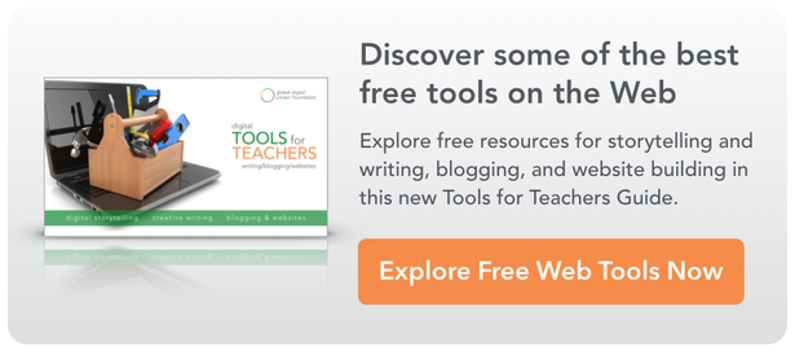How to Bring Reading Instruction Into the 21st Century
There are many benefits to bringing reading instruction into the 21st century. Technology—websites, digital tools and apps—can be used to motivate, empower and engage every student.
Taking that first step, however, can be daunting. You may be wondering: What digital tools should be used? How can I/we be sure students aren’t distracted? Do I/we go all in or focus on a blended approach?
Get all these questions answered, and feel confident taking reading instruction to the next level, with the following tips and ideas.
Focus on Enhancing Educational Objectives
Technology is best used when the focus is on how it can enhance educational objectives and needs. When bringing technology into reading instruction, consider how the tools will improve students’ experiences with reading, helping them reach their goals and fulfill school or district requirements. For example:
- Does the tool(s) allow students to do something now that they couldn’t do before?
- Does the tool(s) provide them a new medium for showing what they know?
- Does the tool(s) allow students to focus, or are there a lot of distractions?
- Does the tool(s) encourage higher-level thinking?
- Does the tool(s) provide assessments?
Make Tedious, Manual Tasks Digital
The beauty of technology is that it has the potential to make teachers’ lives easier. When it comes to reading instruction, there are a number of tasks that are normally performed with pen and paper that are faster when done online.
Here are three common reading instruction tasks to make digital:
Manual: Reading log tracking
Digital: Whooo’s Reading
Manual: Assessment
Digital: Raz-Kids Online Running Records
Manual: Book report grading
Digital: Blog or Google Docs
Consider how time can be reduced with other tedious reading jobs that are specific to your students and school.
Engage Students With Media
For students who love reading, sitting with a book in their hand is likely as good as watching a movie. Unfortunately many students, especially younger ones, don’t yet love reading. They’e distracted by video games, social media and more.
With technology, you can get every student hooked on reading by making it more fun and engaging. Here are a few fun ideas:
- Show students a scene from the movie version of the book they’re reading and then ask them to compare and contrast. What was different? What was the same? How does this affect the overall story?
- Have students create a Facebook profile for the character of their choosing. They have to include a profile photo and “about” paragraph, and then write three status updates that they think that person would post.
- Ask students to create a video instead of writing a book report. They can choose from a few ideas or prompts to help them stay focused on the text.
Make Assessments a Priority
Just 35 percent of fourth graders scored at or above proficient in reading performance, according to the 2015 Condition of Education. You can help combat this by making assessments a focus in your transition to 21st century reading instruction.
Technology makes it easier than ever to spot students who are reading below or above grade level.
With this information you’ll be better informed, knowing when to hold interventions and focusing on how you can get every student reading at grade-level or higher. At the other end of the spectrum, you can make sure students who are soaring beyond grade-level reading aren’t bored with lower-level texts.
Keep Some Things Offline
While technology is a valuable tool for the modern classroom, it’s not the end all be all. There are many ways to blend online and offline for a more engaging and exciting experience. Here are a few fun ideas:
- Hand out reading certificates.
- Organize a reading party.
- Hold classroom book swaps.
- Create reading competitions.
Technology can take reading instruction to the next level when used properly. Start small, with the introduction of one app, website or digital tool, and add more as you and your students start to feel comfortable. Focus on educational objectives and assessments to ensure success.
Jessica Sanders is the Director of Social Outreach for Whooo’s Reading, a San Diego-based education organization that motivates students to read more every day. It’s available to teachers, schools and districts. Jessica grew up reading books like The Giver and Holes, and is passionate about making reading as exciting for young kids today as it has always been for her. Follow Learn2Earn on Twitter and Facebook, and check out their new ebook, How to Bring Technology Into the Classroom, just $2.99 on Amazon.com.


